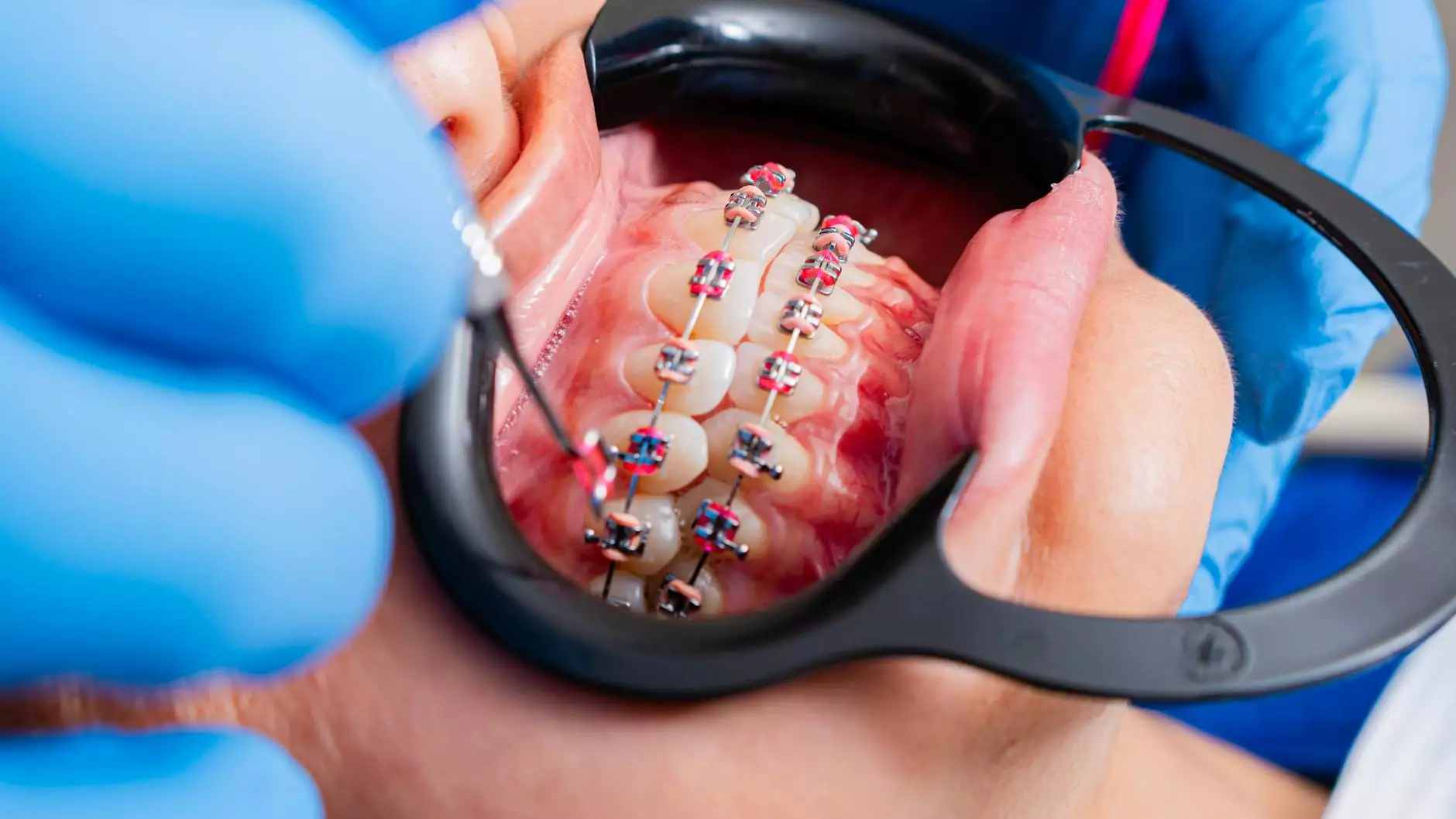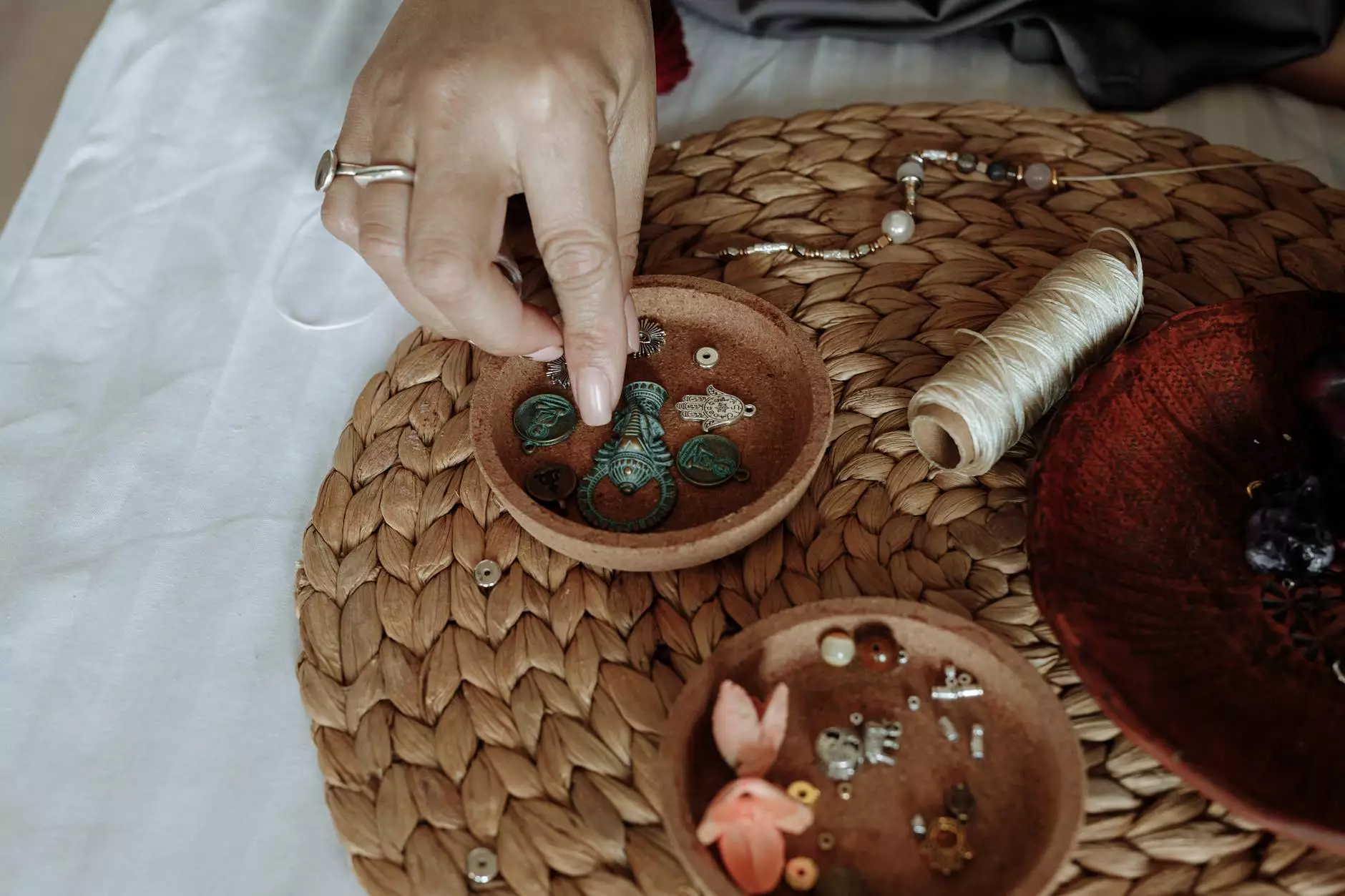The Best Braces to Get: Comprehensive Guide for a Perfect Smile

When it comes to achieving the perfect smile, braces play a crucial role. Choosing the best braces to get involves understanding various types, costs, and individual needs based on your dental structure. In this detailed guide, we will explore everything you need to know about braces, ensuring that you make an informed choice for your dental health journey. Whether you’re a teenager, adult, or the parent of a child seeking braces, this article will help you navigate the myriad options available.
Understanding the Basics of Braces
Braces are orthodontic devices designed to align teeth, correct bite issues, and improve overall oral health. They consist of brackets, wires, and bands that gradually shift the teeth into the desired position. The process usually takes anywhere from several months to a few years, depending on the individual’s needs.
How Braces Work
Braces work by applying continuous pressure to the teeth over time, causing them to slowly shift into the desired position. Here’s a breakdown of the components:
- Brackets: These are small squares bonded to each tooth. They hold the wire in place.
- Archwire: This wire connects all the brackets and applies pressure to guide the teeth into position.
- Elastics: These are rubber bands that may be used to improve the alignment of the teeth and jaw.
Types of Braces: Finding the Best Option for You
Choosing the right type of braces is essential for comfort and effectiveness. Below are the main types of braces you can consider when looking for the best braces to get:
1. Metal Braces
Metal braces are the most common type and are made of stainless steel. They are robust and effective in correcting even the most severe dental problems.
- Pros: Highly effective, durable, and often the least expensive option.
- Cons: More noticeable than other types, may cause discomfort initially.
2. Ceramic Braces
Ceramic braces work similarly to metal braces but are made of clear or tooth-colored materials, making them less visible.
- Pros: Aesthetic appeal and effective in treatment.
- Cons: More expensive than metal braces and can stain over time.
3. Lingual Braces
Lingual braces are attached to the back of the teeth instead of the front, making them completely hidden from view.
- Pros: Discreet and effective.
- Cons: Can be more uncomfortable and difficult to clean.
4. Invisalign
Invisalign uses a series of clear, removable aligners that gradually shift the teeth into place. This modern approach is popular among adults.
- Pros: Nearly invisible, removable for easy cleaning, and often more comfortable.
- Cons: May not be suitable for severe dental issues and often more costly.
Factors to Consider When Choosing Braces
When determining the best braces to get, consider the following factors:
1. Aesthetic Preferences
If you or your child are self-conscious about wearing braces, you might prefer ceramic or lingual braces over traditional metal braces.
2. Severity of Dental Issues
Consult with your orthodontist to determine which type of braces will effectively address your specific dental problems.
3. Lifestyle and Comfort
Consider how braces will impact your lifestyle. Active individuals or athletes might prefer the security of metal braces, while professionals might favor the discretion of Invisalign.
4. Budget Considerations
Costs can vary significantly among different types of braces. Consult your orthodontist about payment plans or insurance coverage.
Costs of Braces: What to Expect
The cost of braces can vary based on factors such as the type of braces, the complexity of the case, and geographic location. Here's a general overview:
- Metal Braces: $3,000 - $7,000
- Ceramic Braces: $4,000 - $8,000
- Lingual Braces: $8,000 - $10,000
- Invisalign: $3,000 - $8,000
It’s essential to check if your insurance plan covers orthodontic treatments to help offset these costs.
Maintaining Your Braces: Tips for a Healthy Smile
Once you’ve chosen your braces, maintaining them is crucial for the success of your treatment. Here are some tips:
1. Oral Hygiene is Key
Brushing and flossing regularly is vital. Watch out for food particles that can get stuck in brackets. Committing to good daily hygiene will prevent decay and ensure successful treatment.
2. Avoid Certain Foods
To protect your braces, avoid hard foods, sticky candy, and anything that could break a bracket. This will minimize interruptions in your orthodontic treatment.
3. Regular Check-ups
Schedule regular appointments with your orthodontist to adjust your braces and track your progress.
4. Use Orthodontic Wax
If your braces cause discomfort, orthodontic wax can help to protect your cheeks and gums from irritation.
Final Thoughts: Choosing the Best Braces for You
The journey to a perfect smile begins with understanding the best braces to get for your individual needs. From traditional metal braces to more discreet options like Invisalign, there is a solution for everyone. Always consult with a qualified orthodontist, such as those at 92 Dental, to discuss your options and create a customized treatment plan.
Your smile is an investment in your confidence and quality of life, and with the right braces, you can achieve the results you've always dreamed of. Start your journey today to discover how beautiful your smile can be!









